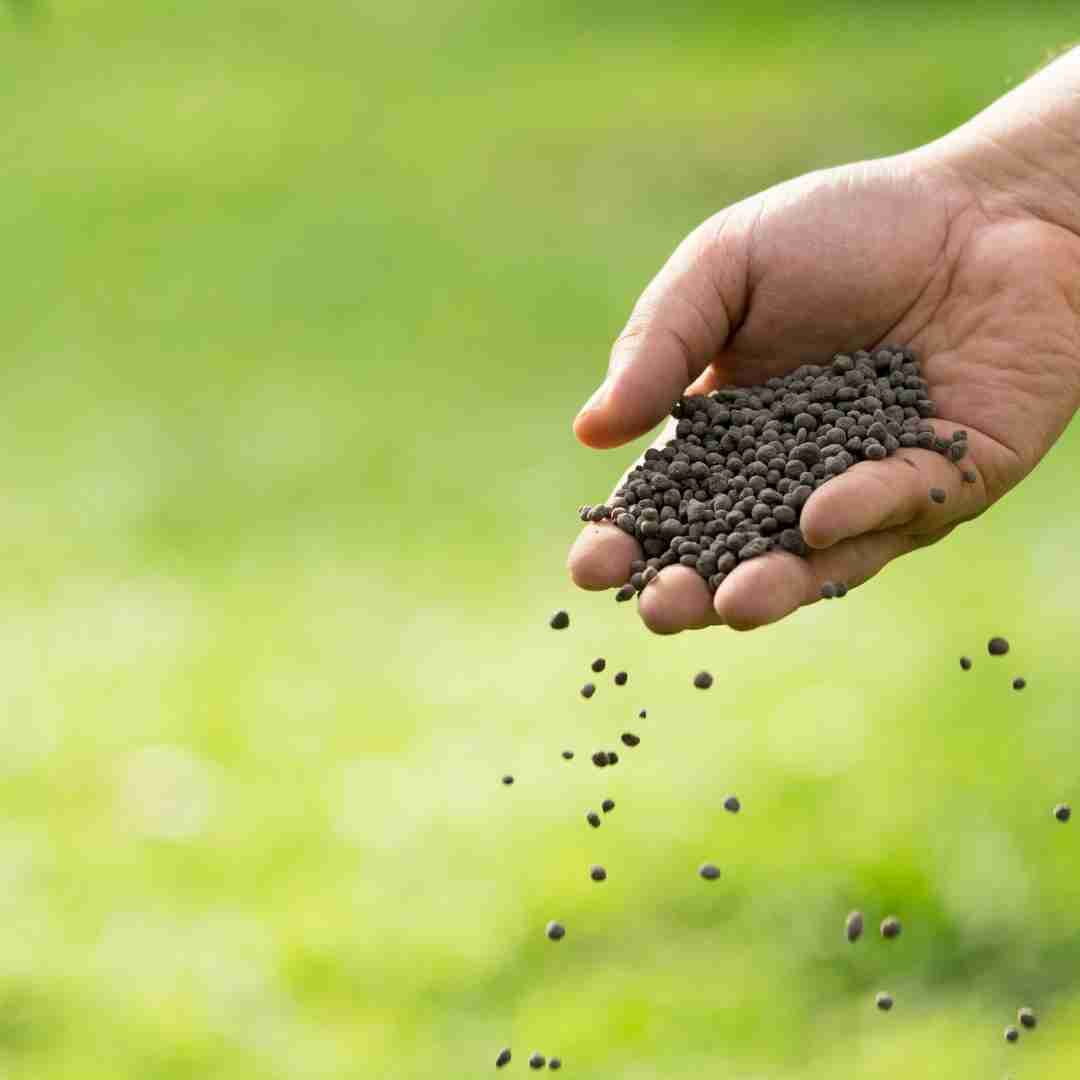Steps to Collect Rabbit Poop for Fertiliser
Use rabbit excrement as fertiliser to enrich your garden's soil. Step-by-step instructions for collecting and using rabbit excrement as fertiliser are provided.
First, prepare the collection area. You must prepare a rabbit faeces gathering location before collecting. A huge bucket, bin, or garden area can be used. Clean and declutter the collection area.
Step 2: Gather Rabbit Poop. Prepare a collection place and start collecting rabbit dung. Collect rabbit droppings from the cage or hutch with a scoop or shovel. Put droppings in the collection area.
Step 3: Dry Rabbitpoo. You must dry rabbit excrement before using it as fertiliser. Spread the droppings thinly on a tarp or other flat surface and let them dry in the sun for several days.
In Step 4, apply rabbit poop fertiliser. After drying, rabbit dung makes good fertiliser. Sprinkle droppings around plant bases or mix them into the soil.
These techniques make it easy to collect and use rabbit dung as plant fertiliser. Rabbit dung adds nitrogen, phosphate, and potassium to your garden soil, making it ideal.
The Benefits of Rabbit Poop Fertiliser
Rabbit dung fertiliser is becoming more popular among gardeners and farmers. Rabbit faeces is rich in nitrogen, phosphate, and potassium, which plants need. High organic matter content in rabbit excrement improves soil structure and water retention.
Fertilising with rabbit dung is beneficial because of its nutrients. Plant growth requires nitrogen, phosphorous, and potassium, which rabbit dung provides. Nitrogen boosts protein and chlorophyll production, whereas phosphorus promotes root growth and blooming. Potassium regulates water and nutrient intake and protects plants from illness.
The high organic matter concentration of rabbit excrement makes it a good fertiliser. Rabbit excrement contains 70% organic matter, which improves soil structure and water retention. This improves plant development and feeds beneficial soil organisms.
Rabbit dung is finally easy to get and use. The rabbit faeces in rabbit hutches and pet stores is easily accessible. Use it as a top dressing or in the soil. Rabbit excrement requires no particular handling or storage, making it easy to keep.
Finally, rabbit excrement fertiliser is great for farmers and gardeners. It's easy to get rabbit excrement, which is heavy in organic matter and important minerals. For healthy plant growth and soil improvement, it is ideal.
Prepare Rabbit Poop for Fertilisation
Rabbit faeces fertilises gardens and lawns well. Plants need nitrogen, phosphorus, and potassium, which it has in abundance. However, rabbit excrement must be carefully prepared before use as fertiliser. This article shows how to make rabbit dung fertiliser step-by-step.
Step 1: Gather Rabbit Poop. Collect rabbit dung first. Use a shovel or scoop to collect rabbit droppings from its cage or hutch. Wear gloves when handling droppings to avoid health risks.
Step 2: Dry Rabbit Poop. After collecting the droppings, spread them thinly on a tarp or other flat surface and let them dry in the sun. This reduces droppings' wetness and makes them easier to work with.
Break Up Rabbit Poop – Step 3. After drying, break up the droppings. Break them up with a shovel or other implement.
Step 4: Add compost. After breaking up the droppings, combine them with compost. This will boost fertiliser efficacy by adding nutrients.
Apply fertiliser. After preparation, fertiliser can be applied to the garden or lawn. Follow the fertiliser package directions to apply it properly.
Making rabbit dung fertiliser is easy with these procedures. Rabbit excrement rich in nutrients helps plants thrive. However, it must be properly prepared before use as fertiliser to be effective.
Grow What Using Rabbit Poop Fertiliser
Rabbit excrement fertiliser provides nitrogen, phosphate, and potassium, making it appropriate for many plants. Your garden soil and plant kind should be considered while applying rabbit faeces fertiliser.
Rabbit excrement fertiliser works well for tomatoes, peppers, squash, cucumbers, and eggplants. Strong feeders like these veggies will benefit from fertiliser.
Herbs thrive well with rabbit faeces fertiliser. Basil, oregano, thyme, and parsley work well. These herbs are easy to grow and thrive with fertiliser.
Rabbit faeces fertiliser also grows flowers. Marigolds, petunias, and impatiens work well. Easy to grow, fertiliser will boost these flowers' nutrients.
Before planting, add rabbit faeces fertiliser into the soil. This ensures plants get fertiliser nutrients. To ensure fertiliser absorption, water plants regularly.
Following these guidelines will ensure that your plants benefit from rabbit faeces fertiliser nutrients. With the correct plants and soil, you can grow a garden that will impress your neighbours.

Rabbit Poop Fertiliser Storage Tips for Maximum Effectiveness
1. Keep rabbit faeces fertiliser cool and dry. Avoid direct sunshine and high humidity when storage.
2. Store fertiliser airtight. This will prevent fertiliser contamination.
3. Label the container with the purchase and expiration dates.
4. Store fertiliser in the dark if possible. This protects fertiliser nutrients.
5. Keep fertiliser away from heat and dampness.
6. Add a desiccant to long-term fertiliser storage containers. This will absorb moisture.
7. Break up bulk fertiliser before storing. This helps disperse fertiliser evenly.
8. Regularly inspect fertiliser for deterioration or contamination. Throw of spoiled or tainted fertiliser.